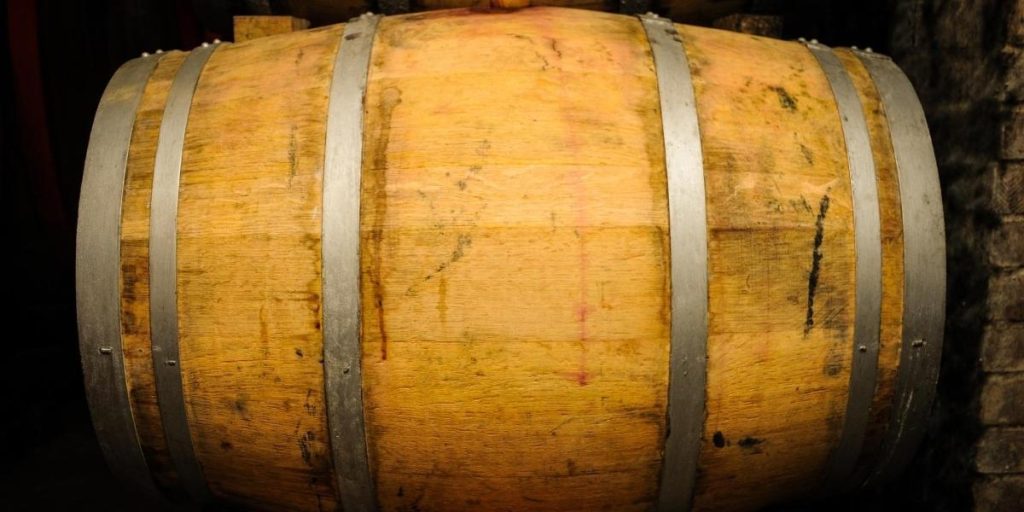Scotch vs. Bourbon vs. Rye: Mash Ingredients, Flavor, Mouthfeel

Scotch, bourbon, and rye. Every whiskey drinker has their favorite, and they’re all different and wonderful in their own unique ways.
What’s the Difference Between Scotch, Bourbon, and Rye?
Mash Ingredients
Whether your favorite is a peaty scotch, sweet bourbon, or spicy rye, one thing that sets each spirit apart is the mash bill. The main grains that are fermented to make whiskey are barley, corn, rye, and wheat. To legally call your spirit a bourbon, it must have 51% corn. A rye must have 51% rye. Scotch is traditionally made primarily from barley and must be made in Scotland, so it’s somewhat in a category of its own.
Corn adds notes of sweetness to the final spirit and has the highest yield of ethanol of these grains. Rye gives spicier notes of caraway, clove, cinnamon, and nutmeg, which get more intense during the aging process. Malted barley provides a malty, toasty, and somewhat chocolatey flavor and has a high enzyme content that helps in converting starches to sugar during the fermentation process. Wheat is also used in certain mash tun bills. Since wheat is more neutral than rye, it typically gives the final spirit more softness and accentuates the sweet notes from corn rather than contrasting them like rye. Some scotches are also peated – a process where the mash is heated using peat as a heat source. This adds a smokey, earthy flavor to the final spirit, but the distillation process plays a huge role in what flavors come over to the final spirit.
Flavor
Each time a spirit is distilled, or each time it passes over a plate in a column, it goes through a separation step. Certain flavors will become more concentrated as the spirit becomes more purified, but certain flavors can also be lost. This is one of the reasons that there’s so much debate about pot stilling versus using plated columns when distilling spirits.
Both technologies have their pros and cons, but it’s ultimately up to you as a distiller to decide what fits the flavors you think are best. Plated columns can give a lighter, cleaner spirit compared to pot stills, where pot stills can allow more of the heavier congeners to make it into the final product. Deciding where to make your heads, hearts, and tails cuts also has a significant impact on the final flavors so keep that in mind.
Mouthfeel
Aging a spirit makes a tremendous difference in the flavor, and whiskeys are typically aged in oak barrels. This adds oak and helps to mellow the spirit during the aging process. Scotch must age for at least three years in oak casks, where bourbon must be aged for at least two years in charred, new oak barrels. It’s common to see scotches aged in barrels previously used for bourbon or brandy to accentuate the flavors of the scotch.
Each type of spirit has its own wonderful and unique characteristics, and the best one out of all of them is the one that you choose as the best. Taste is very subjective, so pour a dram of your favorite, either neat or on the rocks, and enjoy!
> Contact StillDragon today for help choosing the right components and configuration for your distillery.